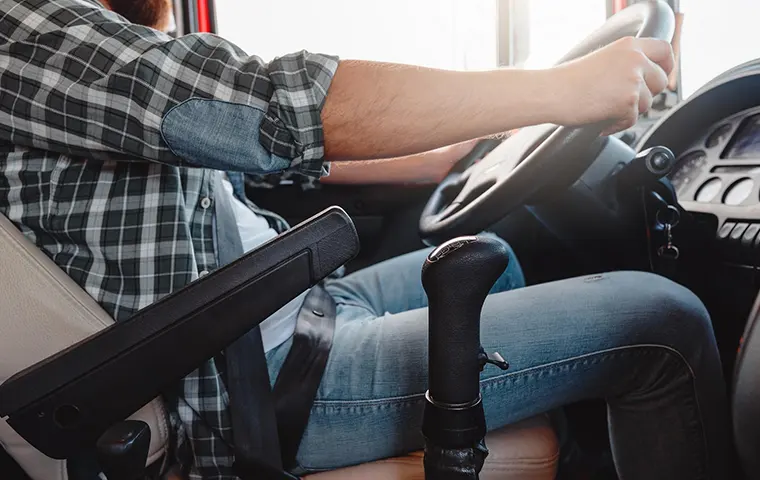Keeping your fleet safe should always be a top priority. After all, your drivers are the lifeblood of your business, and without them, you cannot stay afloat. While safety is easy to understand as a concept, it can be challenging to implement in practice. This is particularly true when you have dozens of vehicles to manage. When you can’t be in multiple places at once, how can you ensure that your drivers are being safe? This is where a fleet safety policy comes in. A vehicle fleet safety policy is a series of procedures and rules with a straightforward implementation method and a measurable way of tracking progress. Often referred to as a fleet safety program, a fleet safety policy is a must-have for any fleet under any circumstances. Let’s dive more into what goes into a fleet safety policy.
What Elements Should a Fleet Safety Policy Include?
There are four elements to consider when creating your fleet safety policy.
Safety Policies: Of course, you need the policies themselves. These are clear and consistent expectations that address personal use of vehicles, defensive driving, distracted driving, and other safety issues. Keep these policies up to date and review them often.
Vehicle Maintenance: Vehicle maintenance is just as crucial to driver safety as driver behavior is. Implement a fleet maintenance checklist and ensure that everyone adheres strictly to it. Implementing fleet maintenance software is beneficial for this step as well.
Driver Identification: If you have different drivers operating different vehicles, you must have a way to define which employees are authorized to drive which vehicles and for what purpose. This means that everyone can be held accountable for bad habits or rewarded for good behavior.
Screening Process: A thorough screening process is a necessity when you are operating a fleet. Drivers should be run through a thorough background check that includes criminal history checks, checks for traffic violations, drug and alcohol violations, and Motor Vehicle Reports (MVRs).
How to Build a Fleet Safety Policy
There are four steps in building a fleet safety policy that you can follow to make the process easier.
Step 1: Create an Outline: To begin the outline process, meet with key stakeholders including legal sales or service, risk management, human resources, and other representatives in the company who may need to partake in safety-related discussions. You can organize your outline into bullet points that summarize what you want to include.
Step 2: Obtain Proper Approvals: Once you complete the outline, you will need to present it to the proper authorities to get approvals for your fleet safety program. If you can get support for your program, it will be easier to implement it in the future. Your approvals should come in an e-mail or a hard copy memo from the CEO that endorses the program. Ensure that it gives you the full authority to enforce the program without exception.
Step 3: Expand on the Program: Flesh out the details of the outline. These details include how it will be announced and implemented. One crucial aspect is that these factors be communicated clearly to the team to ensure they understand what is expected and can perform to the best of their abilities.
Step 4: Implement the Program: You can formally announce your new program via e-mail, the fleet website, or any method you choose. You need to make sure that it is easily accessible to all employees. Determine what form driver training should take, such as behind-the-wheel training. Be sure to include meetings, whether online or in person, as long as you regularly check in with your employees.
Get the Best Safety Technology to Support Your Fleet Safety Policy
You’ll need technology to track your fleet’s progress toward its safety goals, and that’s where Azuga comes in. We offer fleet management software, including dashcams and telematics, which can tell you how your fleet performs even when you are not in the vehicle. Try a demo of this software and see how easy it is to keep up with your drivers’ safety habits.








